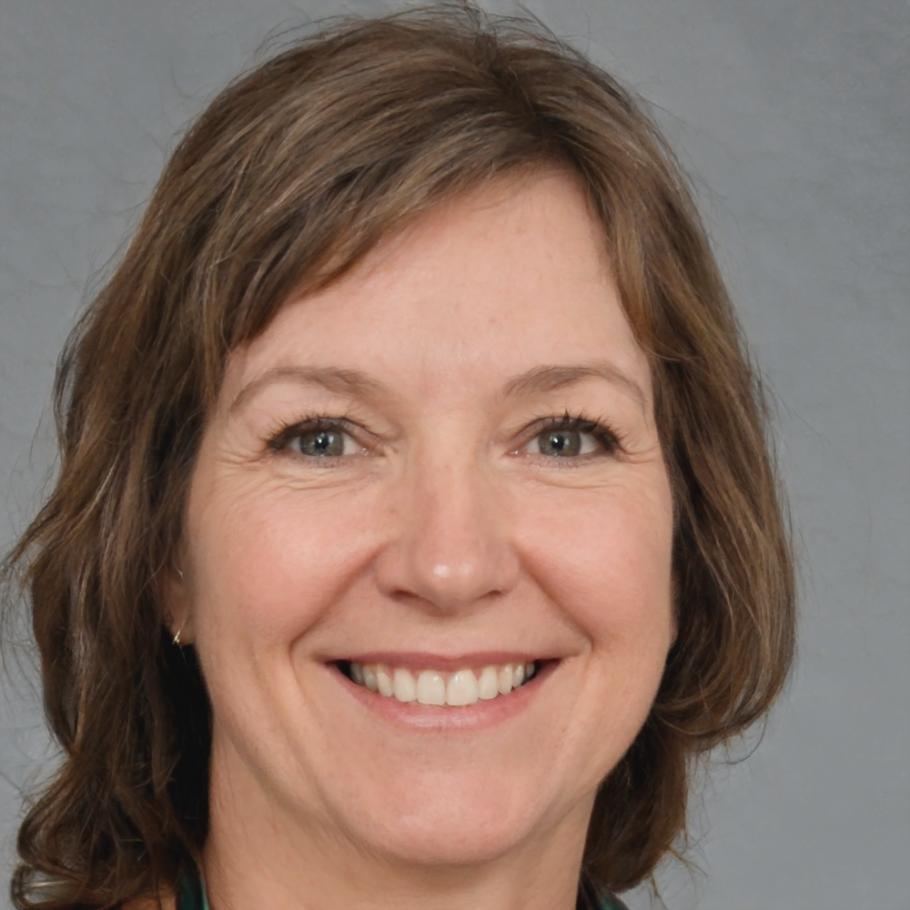Financial Forecasting Programs
We've built these programs around one simple question: what happens when actual finance professionals sit down and walk you through the real challenges they face every day? Not theory-heavy courses that sound impressive but leave you confused. Just practical guidance from people who've spent years figuring this stuff out.
Meet Your Instructors
These are the folks who'll be leading the sessions. They're not academics reading from textbooks. Each one has worked through messy budget forecasts, wrestled with unpredictable cash flows, and learned what actually matters when the numbers don't cooperate.

Brennan Walsh
Brennan spent eight years at mid-sized manufacturing firms where forecasting wasn't optional—it was survival. He's the guy who can explain variance analysis without making your eyes glaze over.
He teaches the budgeting fundamentals module and leads our scenario planning workshops. Students appreciate his habit of sharing actual mistakes he made early in his career.

Darius Coleman
Darius came up through retail finance where cash flow modeling meant the difference between staying open and closing doors. His approach is straightforward: model it, stress-test it, then model it again.
He handles the advanced forecasting modules and brings in real examples from businesses that operate on thin margins. His students get comfortable with uncertainty pretty quickly.

Sienna Kern
Sienna built financial models for startups trying to convince investors they had a path to profitability. She knows how to make projections that hold up under questioning because she's sat through plenty of tough investor meetings.
She runs our model-building workshops and teaches the data interpretation sessions. Her feedback is direct and usually involves redesigning half your spreadsheet—but it works.
How We Actually Teach This
Financial forecasting sounds dry on paper. But when you're working with real numbers from actual businesses, trying to figure out why Q3 went sideways or what assumptions to challenge in next year's budget—that's when things click.
- Work With Real Data We use anonymized financials from businesses that faced genuine challenges. You'll analyze what went wrong, what assumptions failed, and how they adjusted course.
- Build Models That Matter You won't just learn formulas. You'll construct forecasting models piece by piece, understanding why each component exists and what it tells you.
- Get Feedback That Helps Instructors review your work and point out where your logic breaks down. Sometimes that means redoing an entire analysis—but that's how you improve.
- Practice Difficult Conversations Part of forecasting is defending your numbers to skeptical stakeholders. We run sessions where you present your forecasts and handle pushback.

Questions People Usually Ask
We get asked a lot of the same things before people sign up. Here's what you should know.
How long does the program take?
What if I don't have a finance background?
When does the next program start?
What software do I need?
Can I get help between sessions?
What's the refund policy?
Real Forecasting Challenges We've Worked Through
These aren't made-up success stories. They're actual projects from past programs where participants tackled genuine business problems and learned from what happened.
Restaurant Chain Expansion Model
The Challenge
A regional restaurant group wanted to open three new locations but needed realistic revenue projections. Historical data from existing stores wasn't directly applicable because the new markets had different demographics.
What Participants Did
They built comparable store analyses, adjusted for market differences, and created three scenarios (optimistic, realistic, pessimistic) with different ramp-up timelines. Then they stress-tested assumptions about customer acquisition costs and table turnover rates.
Initial revenue projections were consistently too aggressive. When the group revised assumptions about first-year marketing effectiveness and seasonal patterns, the model became more defensible—and ultimately more useful for actual planning.
Manufacturing Cost Variance Analysis
The Challenge
A small manufacturer consistently missed quarterly cost forecasts by 12-18%. Management knew raw material costs were volatile but couldn't pinpoint why forecasts were always wrong in the same direction.
What Participants Did
They decomposed cost variances into material, labor, and overhead components, then tracked which assumptions were consistently off. Turned out the forecasting model used three-month rolling averages for material costs during a period of steady price increases.
The forecasting method itself was creating systematic error. By switching to weighted averages that reflected recent trends more heavily, variance dropped to 6-8%. Sometimes the problem is your methodology, not your execution.
Tech Startup Burn Rate Projection
The Challenge
A software startup needed to forecast runway based on current burn rate and projected revenue growth. Investors wanted to see different scenarios based on hiring pace and customer acquisition cost assumptions.
What Participants Did
They built a multi-variable model that showed runway under different hiring scenarios, revenue growth rates, and churn assumptions. The model allowed real-time adjustments to see how decisions affected cash position over 18 months.
The most valuable outcome wasn't the base case forecast—it was understanding sensitivity to key variables. When the startup missed Q1 revenue targets, they already knew which levers to adjust and what the implications would be.
Ready to Start Building Better Forecasts?
Our September 2025 cohort opens for applications in early July. If you want to improve your forecasting skills with practical guidance and real projects, this might be worth your time.